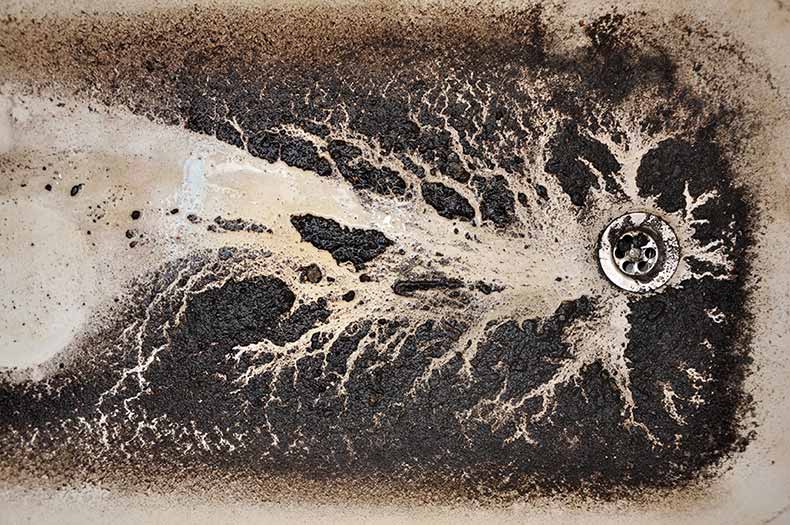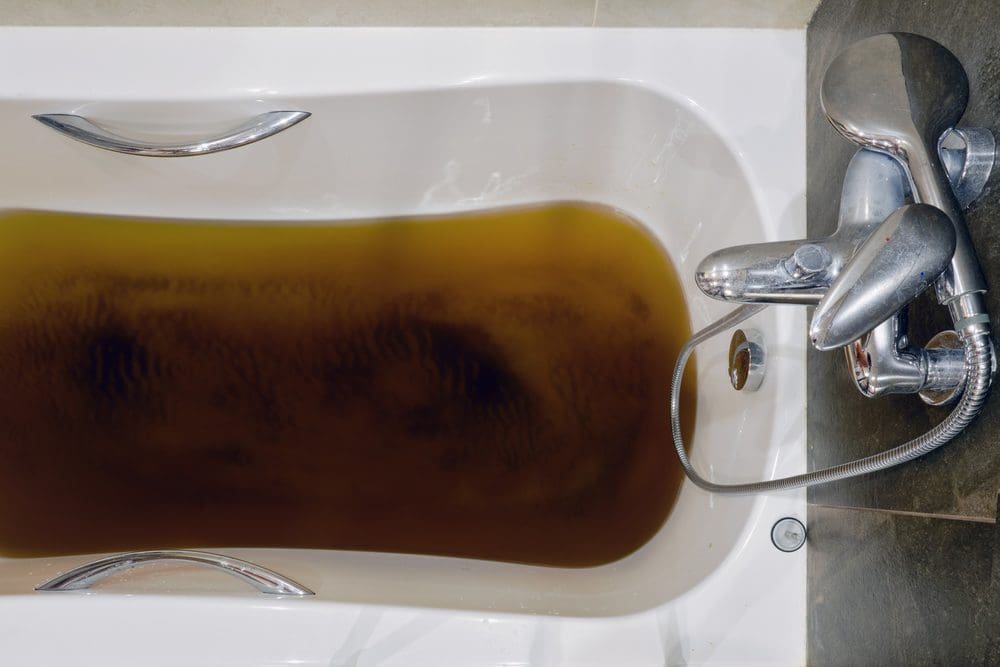Unveiling the Mystery of Sewage in the Bathtub
Unveiling the Mystery of Sewage in the Bathtub
Blog Article
They are making several good pointers regarding Why sewage is coming up through your bathtub as a whole in this content further down.

Sewage backup in the bathtub can be a stressful and unsanitary issue for any kind of property owner. Not only is it inconvenient, however it likewise postures significant wellness risks and indicates underlying concerns with the plumbing system. Recognizing why sewage is showing up via the bath tub is critical for taking ideal activity to attend to the trouble efficiently.
Intro to the Concern
Understanding the Trouble
When sewer starts backing up into the bath tub, it's a clear sign of an issue with the water drainage system. The wastewater that needs to be flowing away from your home is rather discovering its back into your home, which can lead to considerable damage and health hazards.
Possible Reasons
Several aspects can add to sewage backup in the bathtub. From blockages in the sewage system line to concerns with the plumbing infrastructure, recognizing the root cause is vital for locating an option.
Typical Factors for Sewage Backup
Clogs in the Sewer Line
Among the most usual sources of sewage back-up is a clog in the sewer line. This can occur as a result of the build-up of debris, oil, or international items in the pipes, preventing appropriate flow and triggering sewer to back up right into your bath tub.
Tree Root Intrusion
Tree roots seeking moisture and nutrients can infiltrate sewage system lines through tiny cracks or joints. Over time, these roots can expand and increase, triggering significant damages to the pipes and resulting in sewage backup issues.
Aging Framework
Older homes might have dated plumbing systems that are a lot more susceptible to rust, cracks, and degeneration. As pipelines age, they become extra prone to leakages and obstructions, enhancing the chance of sewer back-up cases.
Heavy Rainfall or Flooding
Throughout periods of heavy rainfall or flooding, the drain system might come to be overloaded with excess water, creating backups and overflows. This can result in sewer supporting into tubs and various other components inside the home.
Health Risks Connected With Sewer Back-up
Contamination of Water
Sewage back-up can pollute the water supply in your house, posturing a significant health and wellness threat to you and your family. Exposure to infected water can cause gastrointestinal issues, skin infections, and other ailments.
Spread of Illness
Sewer contains harmful germs, infections, and bloodsuckers that can create a series of diseases, including hepatitis, cholera, and gastroenteritis. Coming into contact with sewage or infected surface areas puts you at risk of infection.
Mold and mildew Development
Wetness from sewage back-up can create excellent conditions for mold growth in your house. Mold and mildew spores can worsen respiratory system troubles and create allergic reactions in sensitive people, making timely clean-up essential.
Indications of Sewer Backup
Foul Odors
Undesirable smells emanating from drains or fixtures, especially in the restroom, might suggest sewer back-up problems. These smells are typically strong and relentless, indicating a problem that needs immediate attention.
Slow Draining Fixtures
Bathtubs, sinks, and commodes that drain gradually or otherwise at all could be experiencing sewer backup. If numerous components are influenced simultaneously, it's most likely that the concern originates from a typical point, such as the primary sewer line.
Gurgling Sounds
Unusual gurgling or gurgling noises originating from drains when water is running in other places in your home are indicative of air trapped in the plumbing system. This air buildup can result from sewer backup and ought to be investigated immediately.
Immediate Actions to Take
Turning Off Water System
In case of sewer back-up, it's vital to turn off the water supply to stop further contamination and damage. Find the major water shutoff valve in your house and shut it off until the problem can be fixed.
Speaking To a Professional Plumber
Handling sewer back-up is not a DIY job. Contact an accredited plumber with experience in handling sewage-related concerns to assess the scenario and carry out essential fixings or cleanings.
Staying Clear Of Contact with Polluted Water
Up until the sewer back-up is resolved, avoid contact with polluted water to stop the spread of bacteria and microorganisms. Wear safety equipment if you have to be in the damaged area and clean your hands thoroughly later.
Preventive Measures
Regular Maintenance of Drain Lines
Schedule regular inspections and upkeep of your sewer lines to identify and deal with potential problems before they intensify into major issues. This can consist of cleaning particles, checking for tree root intrusion, and repairing any broken pipes.
Installing Bayou Shutoffs
Take into consideration installing backwater valves in your plumbing system to avoid sewage from flowing back into your home throughout durations of heavy rainfall or flooding. These valves automatically close when water starts backing up, protecting your home from contamination.
Appropriate Disposal of Home Waste
Stay clear of flushing anything other than bathroom tissue and human waste down the bathroom to stop blockages and obstructions in the drain line. Dispose of oil, oil, and other house chemicals correctly to minimize the risk of plumbing troubles.
Tidying up After Sewer Backup
Disinfection Procedures
Completely disinfect and disinfect influenced locations after sewer back-up to remove hazardous germs and avoid mold and mildew growth. Use ideal cleansing products and protective equipment to guarantee safe and reliable clean-up.
Restoration of Affected Areas
Fix any kind of damage to floor covering, wall surfaces, or fixtures caused by sewage back-up. Depending on the extent of the damage, you might need to replace carpeting, drywall, or various other products to restore your home to its pre-loss condition.
Why Is Water Backing Up in My Bathtub When I Flush My Toilet?
What to do about a sewer line clog
First, don’t bother with plunging. No amount of plunging will dislodge the clog in a sewer line. The clog is too far away. Plungers are for clogs in the toilet itself, not the sewer line. Plus, the most likely causes of a sewer clog are:
Tree roots Flushed toys or feminine products Grease buildup Those items don’t move easily. And in the case of tree roots, the roots need to be cut out of the pipe and the pipe will need to be repaired.
You’ll need a closet auger. A closet auger is a type of plumber’s snake with a protective cover to keep from scratching the delicate porcelain toilet. If the clog is further down, you may need to remove the toilet or use one of your cleanouts to get to the clog.
We also recommend doing a video inspection of the drain to ensure that the cause of the clog has been completely removed. Otherwise, you could have the same problem again in a few days or weeks.
https://mspplumbingheatingair.com/blog/why-is-water-backing-up-in-my-bathtub-when-i-flush-my-toilet

We were made aware of that article on Why sewage is coming up through your bathtub from a pal on our other website. Do you know about somebody who is interested in Water Coming up Bathtub Drain? Please feel free to promote it. Thanks for going through it.
Visit My Website
Report this page